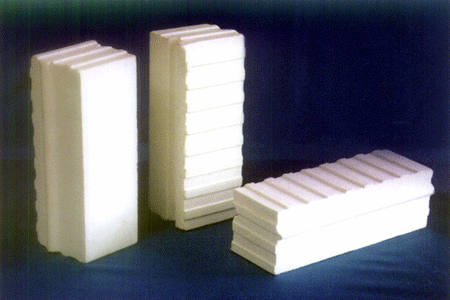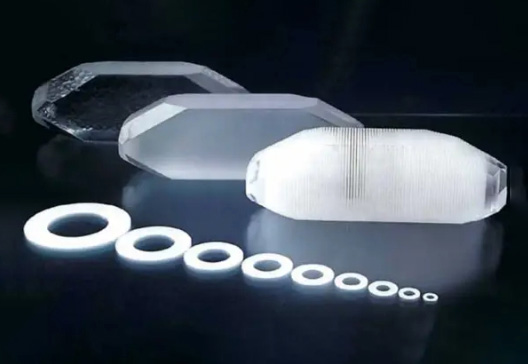What are the Influencing Factors of Wear Resistance of Ceramics?
Wear-resistant ceramic materials are widely used in the fields of grinding and polishing materials, wear-resistant coatings, inner linings of pipes or equipment, and structure parts, etc., and their wear-resistant properties directly determine the safe service life of mechanical equipment and parts. Common wear-resistant ceramic materials include zirconia, alumina, cubic boron nitride, silicon nitride, boron carbide, silicon carbide, etc.
In order to obtain wear-resistant ceramic materials with better wear resistance, many scholars have studied the wear mechanism of ceramic materials and the factors influencing the wear resistance of ceramics. Generally speaking, the wear resistance of ceramics is affected by two factors, one is the structure of the material itself, and the other is external factors such as load, temperature, and atmosphere.

Effects of mechanical properties on wear resistance of ceramics
In the early research of the wear-resisting property of ceramic materials, it is believed that the hardness of ceramic materials is closely related to the wear property. It was later found that the relation between hardness and wear of ceramics was not so obvious. For example, the hardness of alumina ceramics is higher than TZP zirconia ceramics, but the wear resistance is not necessarily higher than TZP ceramics.
Although hardness can reflect the bonding strength of grain boundary to a certain extent, wear is finally formed due to material breaking away from wear surface, so the hardness of the ceramic material is no longer used as a predictive index to measure wear. Some studies show that with the improvement of fracture toughness and hardness of the material, the wear rate of ceramics gradually decreases, and the wear resistance is better.
Effects of microstructure on wear resistance of ceramics
In general, the microstructure of materials often has a great impact on the macroscopic properties of materials. Ceramic material is a sintered body composed of grain and inter-crystal, and its microstructure often determines its macroscopic properties. Many studies have shown that the wear resistance of ceramic materials is greatly related to the size of the grain, the composition of grain boundary phase, the stress distribution on grain boundary, pores and other microstructures.
.jpg)
Grain size
In industry, metal materials can improve their mechanical properties by refining grains, which is called fine grain strengthening. The main principle is that the smaller the grain size, the larger the area of grain boundary and the more zigzag the grain boundary distribution, which can effectively increase the crack growth path and is conducive to the stress concentration in the dispersed material. It is found that grain refinement has a certain influence on the wear resistance of ceramic materials.
Porosity
Porosity has a very important effect on the properties of ceramics. The pore is equivalent to the existence of a defect, which will cause stress concentration, accelerate the crack expansion and reduce the bonding strength between grains, thus seriously affecting the mechanical properties of ceramics. Under the action of friction, the pores may connect with each other to form crack source, which accelerates the material wear.

Grain boundary phase and intercrystalline impurity
Ceramics are composed of grains, grain boundary phases, and pores. In the process of sintering, some additives and impurities added to ceramics mainly exist at the grain boundary in the form of "second phase" or "glass phase", and their existence will affect the bonding strength between grains. In the course of ceramic friction and wear, cracks can easily occur at the grain boundary. The low bonding strength of grain boundaries will cause the fracture along the grain during the wear process, which will cause the pulling out of the whole grain and cause serious wear.
The additive of polycrystalline ceramics usually exists on the grain boundary in the form of the glass phase. During the friction process, the resulting high temperature reduces the glass's viscosity, leading to plastic deformation. If the stress of the adjacent grain boundary is not suitable, it will cause the crack at the grain boundary and cause serious wear.
If an appropriate amount of additives can form a second phase at the grain boundary, it is usually beneficial to the wear resistance of the material. For example, adding zirconia to alumina to make zirconia toughened alumina ceramics, also known as ZTA ceramics. As the increase of T-ZrO2 stress induced critical stress is conducive to the improvement of fracture toughness and strength of ceramic materials, zirconia and alumina can inhibit grain growth and achieve the effect of the micro-crystallization in terms of microstructure, so as to further improve wear resistance.




